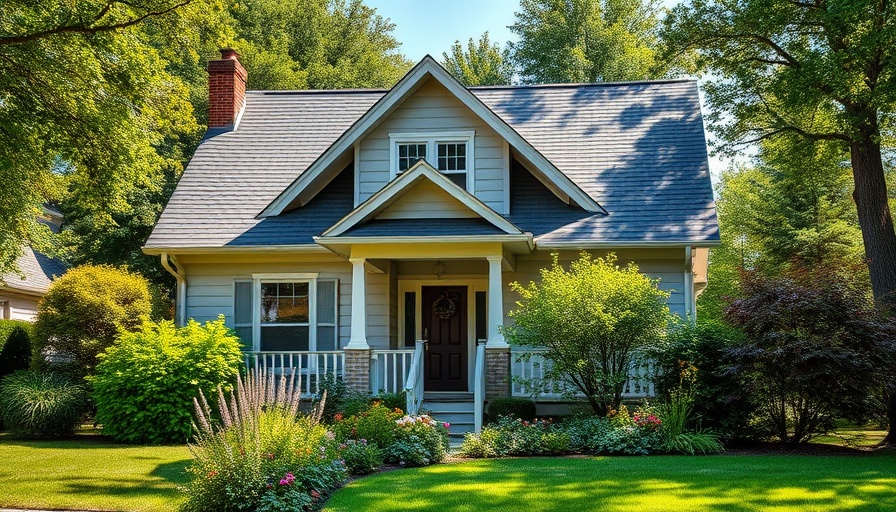
Understanding the Costs of Homeownership
Buying a home is one of the most significant financial decisions most people will make in their lifetime. It's not merely about affording the purchase price; various costs come into play that can significantly impact your finances. As of June 2025, the median home price in the U.S. sits at approximately $440,000, a benchmark that influences many aspiring homeowners’ budgets. But, how much money do you genuinely need?
Key Financial Goals for Homebuyers
First-time homebuyers often believe they must save a staggering 25% to 30% of a home's price to purchase. However, the reality is much different. A more manageable goal is to save between 10% and 15% of your intended purchase price, which should cover not only the down payment but also an array of other associated costs before you even settle into your new home.
Breaking Down the Required Savings
Here’s a glance at how your savings will shape up based on different home prices:
- **Home Price: $300,000** | **10% Down: $30,000** | **Closing Costs (approx. 3%): $9,000** | **Total Estimated Savings Needed: ~$45,000**
- **Home Price: $440,000** | **10% Down: $44,000** | **Closing Costs: $13,200** | **Total Estimated Savings Needed: ~$66,000**
- **Home Price: $600,000** | **10% Down: $60,000** | **Closing Costs: $18,000** | **Total Estimated Savings Needed: ~$90,000**
Essential Costs Beyond the Down Payment
While the down payment is a substantial financial commitment, it's crucial to factor in additional costs. Here’s a list of expenses you may encounter:
- Earnest Money Deposit: A good faith payment that shows you are serious about purchasing the property.
- Closing Costs: Fees associated with the sale, including loan origination, title searches, and insurance.
- Prepaid Taxes and Insurance: Many lenders require this to be included in your upfront costs.
- Moving Costs: Don’t overlook the expenses of moving to your new residence, which can add up quickly.
- Monthly Mortgage Payments: Remember, your financial obligations continue after you buy!
- HOA Fees: If applicable, these costs should also factor into your budget.
Renting vs. Buying: A Financial Snapshot
As you consider your options, also weigh the pros and cons of renting versus purchasing. Renting may offer more flexibility and lower upfront costs, but it doesn’t allow you to build equity. On the other hand, homeownership requires a more considerable initial financial commitment but provides potential returns in the long run.
Future Trends in Home Buying Costs
Predicting the future of the housing market can be tricky, especially as various factors like interest rates, regional economy, and construction costs shift. However, understanding your local market, leveraging resources such as Zillow, Redfin, and local real estate agents, can give you insights and strategies tailored to your financial situation.
Decisions You Can Make With This Information
Equipped with knowledge about the costs of home purchasing, you can make informed decisions regarding budgeting, potential cuts in other areas of spending, or determining how much to allocate to savings each month. For example, if you understand you need an estimated $66,000 to buy a home at the national average price, you can adopt a savings plan that makes this goal feasible.
Conclusion: Ready to Take the Next Step?
The process of buying a home can seem overwhelming, but it doesn’t have to be. By understanding the significant costs involved and creating a thoughtful savings strategy, you can set yourself up for success in your home-buying journey. If you’re ready to explore homes for sale or need assistance navigating this life-altering decision, consider connecting with a trustworthy real estate agent today to help guide you along the way!
 Add Row
Add Row  Add
Add 




Write A Comment